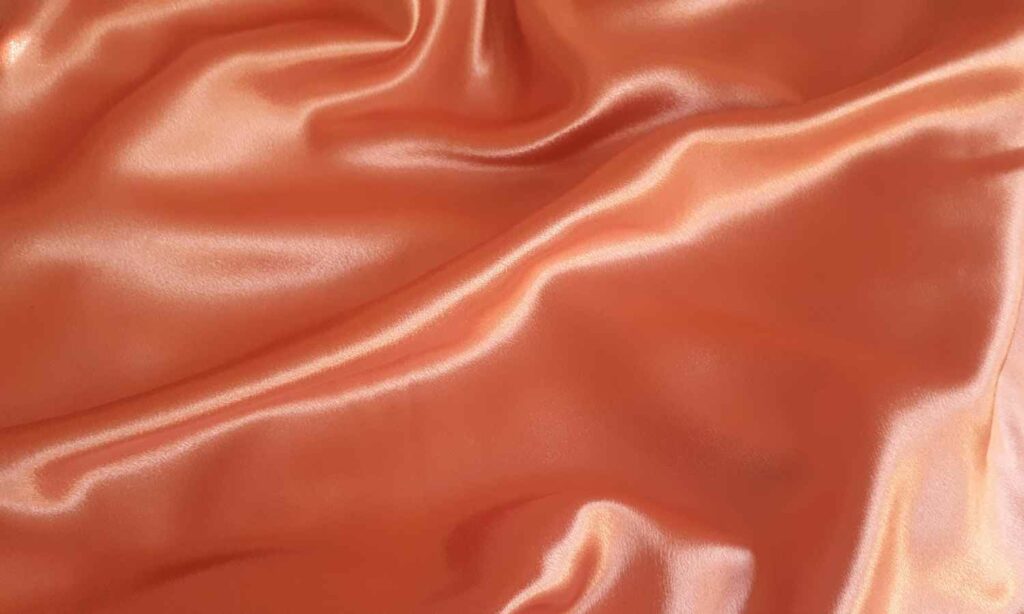Part of polyester’s appeal is that it can be made in almost any color, pattern, and texture you can dream up. But does that mean every type gets its own care routine? Nope! You need to be careful and learn how to wash polyester.
The majority of your polyester can be washed exactly the same way regardless of which fabric it’s trying to imitate. Still, we don’t want to leave you with any guesswork so we’re going to go through a simple 4 step care routine that’ll keep all your polyester clothes fresh and clean.
Keep reading to find exactly how to wash polyester.
How to Wash Polyester
Step 1: Stain Removal
With almost any type of fabric, it’s a general rule that you don’t want to let stains sit for too long, and you especially don’t want to run stained clothes through the dryer.
Polyester can stand up to harsher stain removal treatments than a lot of other fabrics. While you could go with specialized stain treatment, all you really need is a basic stain stick.
We recommend this one from CleanCult or this one from Bestowed Essentials. If you’d like some more specific stain removal advice, check out our instructions for at-home dry cleaning!
Step 2: Wash with Cool or Warm Water
We said polyester was easy to clean, and we weren’t kidding.
If your items still have a tag, make sure to check that first for instructions, but you don’t exactly have to take a stab in the dark if you’ve already cut the tag out.
The normal cycle in your washer will work just fine for polyester as it’s pretty durable. Just make sure you use cool or warm water instead of hot, as polyester can melt under high heat.
Also keep in mind that if you have a garment with delicate beading, a lot of hooks or buttons, or a texture like knit that might snag, it is best to put them in a washer inside out or in a laundry bag to prevent damage.
Step 3: Throw it in the Dryer
As with all the other steps, this is a set-it-and-forget-it type of thing. You can absolutely put your polyester in for a tumble dry as long as you use a low setting. Polyester typically dries quickly, so you won’t be waiting long for dry clothes.
If you want to prevent wrinkles, take your items out of the dryer while they’re still damp.
Step 4: Iron (Optional)
You don’t really need to iron or steam polyester most of the time, but just in case you want to, here’s how you do it.
First of all, you’re not going to want to put the iron directly onto polyester fabric as it might melt. Instead, use a pressing cloth or even just a towel, laying it on top of your damp polyester item to keep it protected.
As for the iron itself, use the steam setting and move it in gentle vertical motions over the towel or pressing cloth.
If you want to be even safer, use a steamer and run it over the garment while it’s hanging up.
RELATED: What Is Slow Fashion?
What About Microfibers?
You’ve probably heard that when you wash polyester, microfibers can break off and make their way into the environment, becoming a hazard for animals and particularly marine life. Well, it’s true.
According to a study at Plymouth University, a single load in your washing machine could release hundreds of thousands of microfibers into the wastewater, most of which ultimately end up in the greater environment. There’s no way to keep 100% of these fibers out of the water, but one thing you can do is purchase a filter for your washing machine.
Not all of these filters are created equal though; in fact, the effectiveness of these devices can vary quite wildly according to research.
For example, this study from 2018 found that the Cora Ball filtered out about 26% of the microfibers in laundry while the Lint LUV-R filter captured about 87% of the fibers. That sounds like a fairly simple answer, but both devices had different levels of effectiveness depending on the length of the fibers. The ultimate suggestion is that using multiple devices might be most effective.
That said, you still shouldn’t clean these devices with your sink because that washes the microfibers right back into your sewage system, so you have to be careful with maintenance. These devices certainly aren’t perfect, but they are a start. As for which one to get, we highly recommend sticking to the ones you can find research on since the quality can vary so widely.
Bottom Line
Even though polyester isn’t the “greenest” fabric in the world, the low-maintenance fabric has a certain appeal if you have a busy lifestyle.
It doesn’t need to be hand washed, hung to dry, or ironed unless you really want to. It’s the perfect fabric if you’re looking for a low-maintenance laundry day.
If buying items not made with polyester isn’t something you can achieve, there are still steps you can take to minimize the impact of your purchase. Just take great care of your items when you launder and wear them so that you can maximize their use, and invest in a couple of different types of filters for your washing machine!

